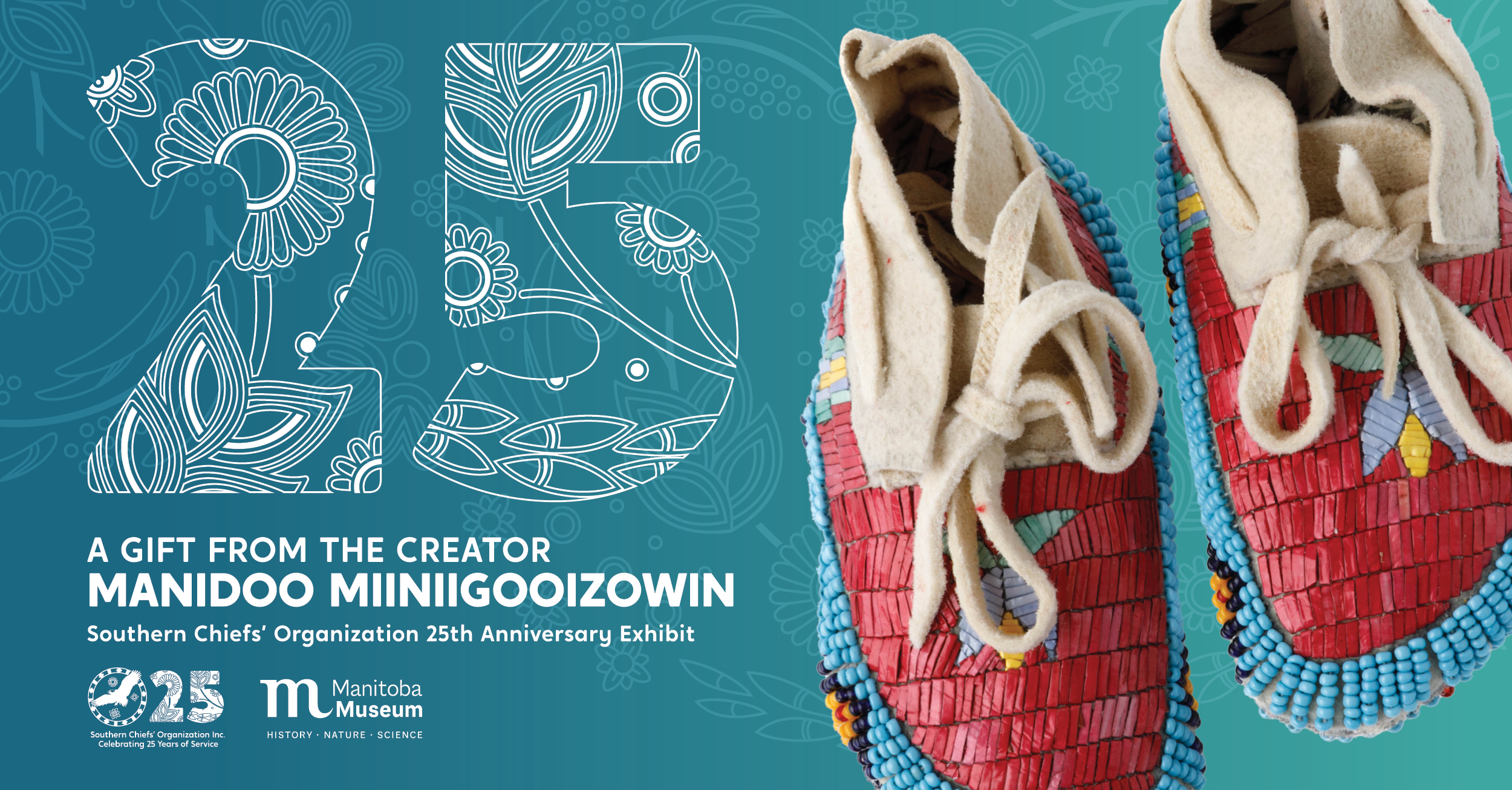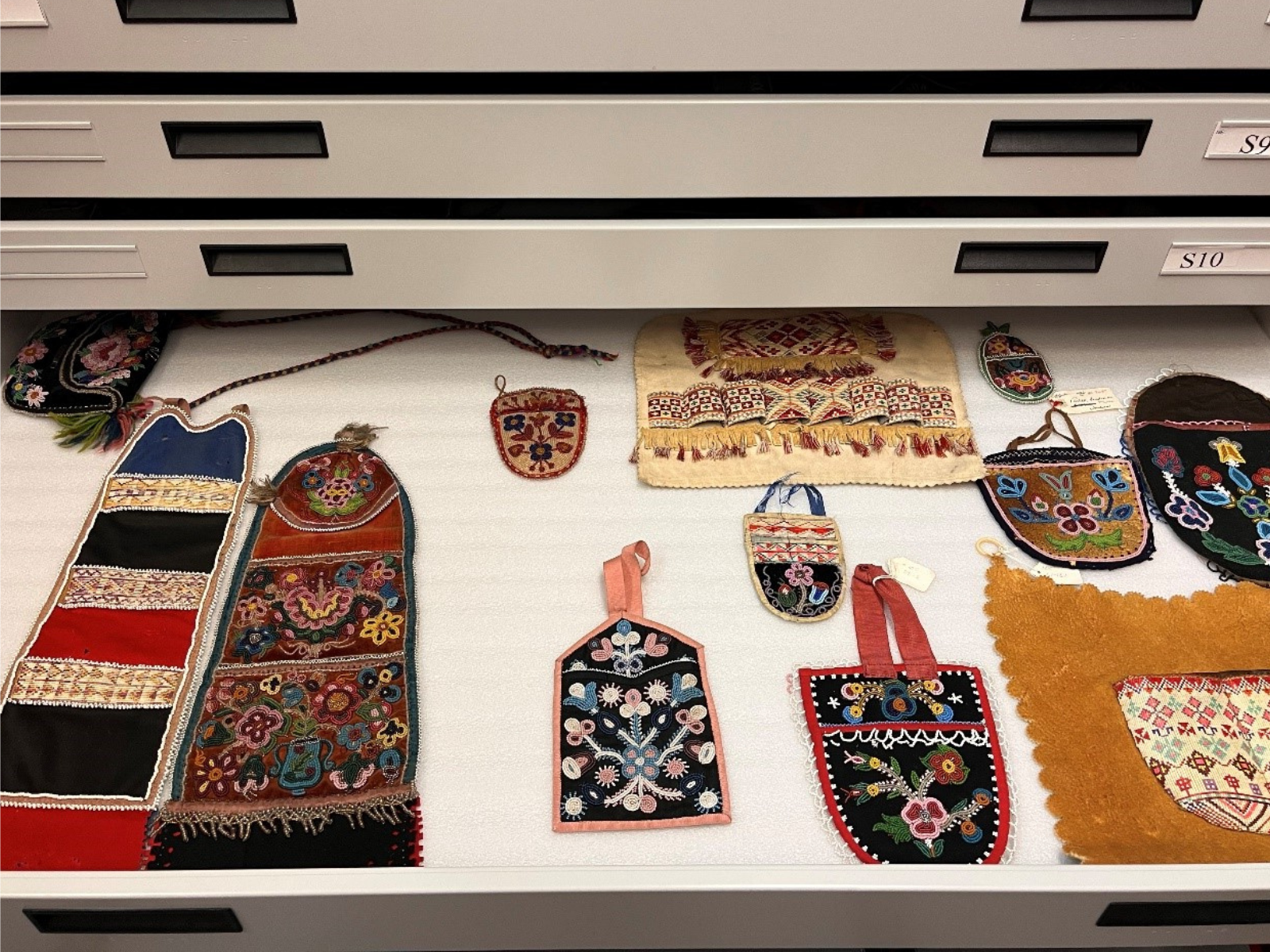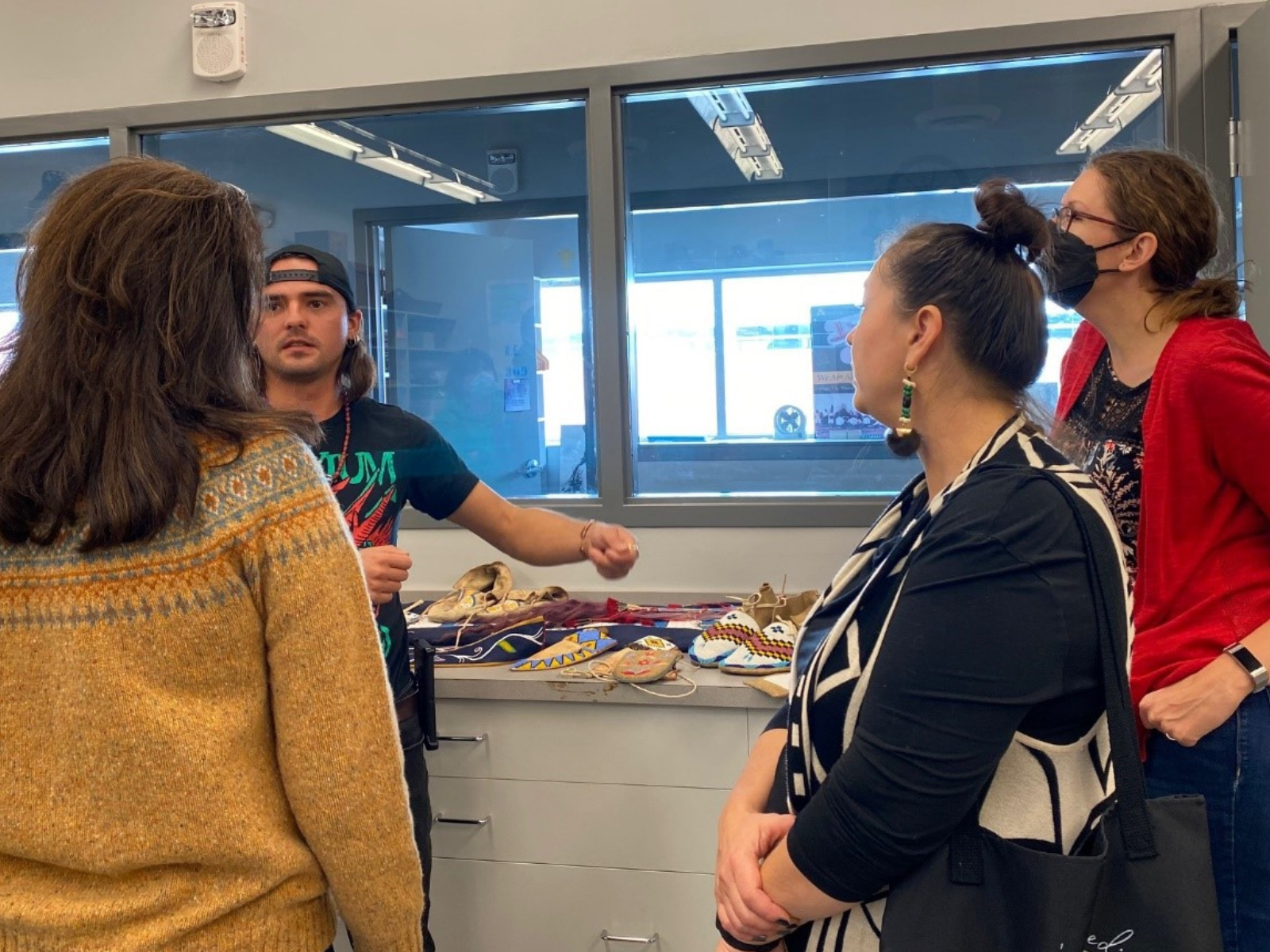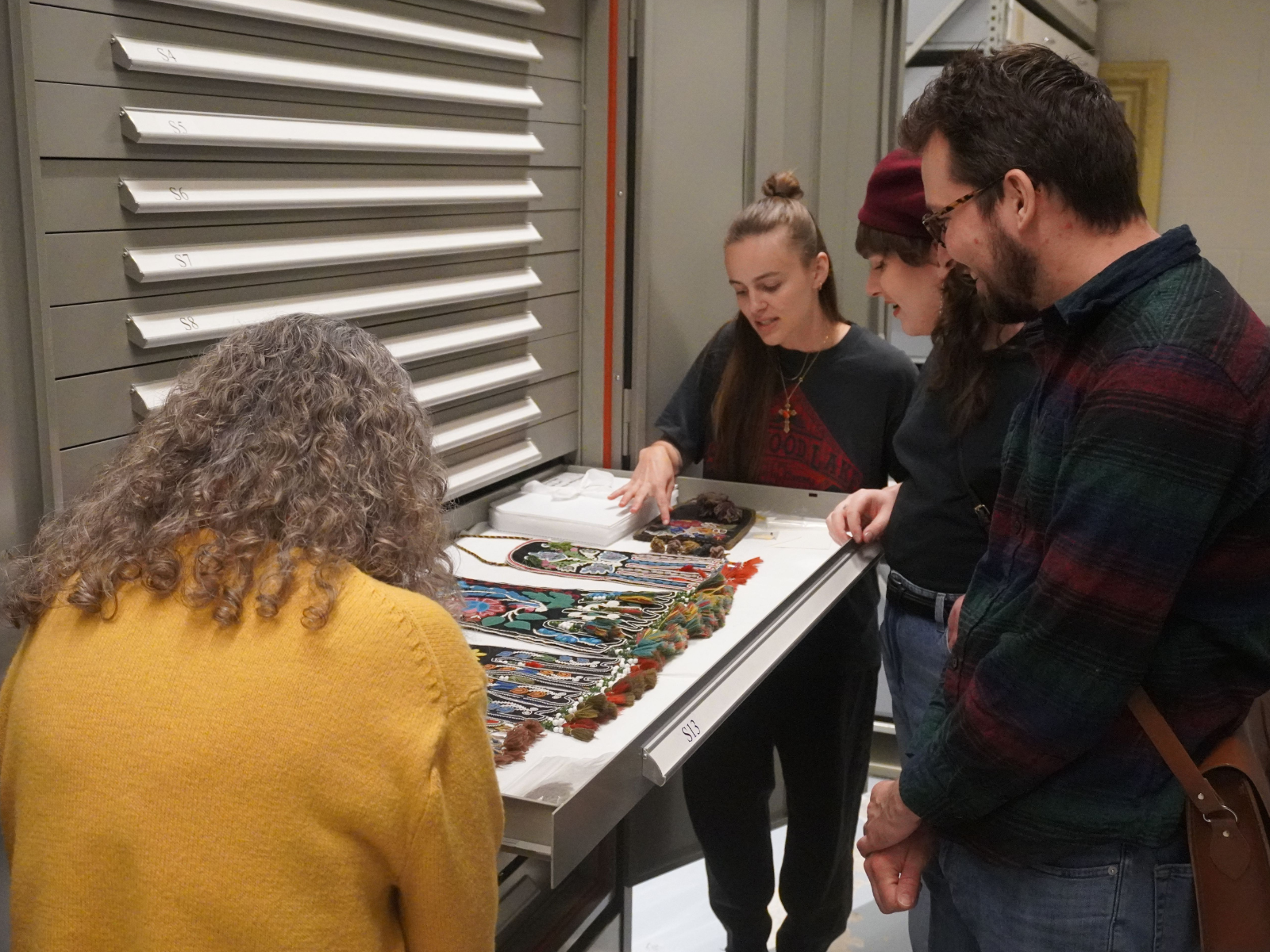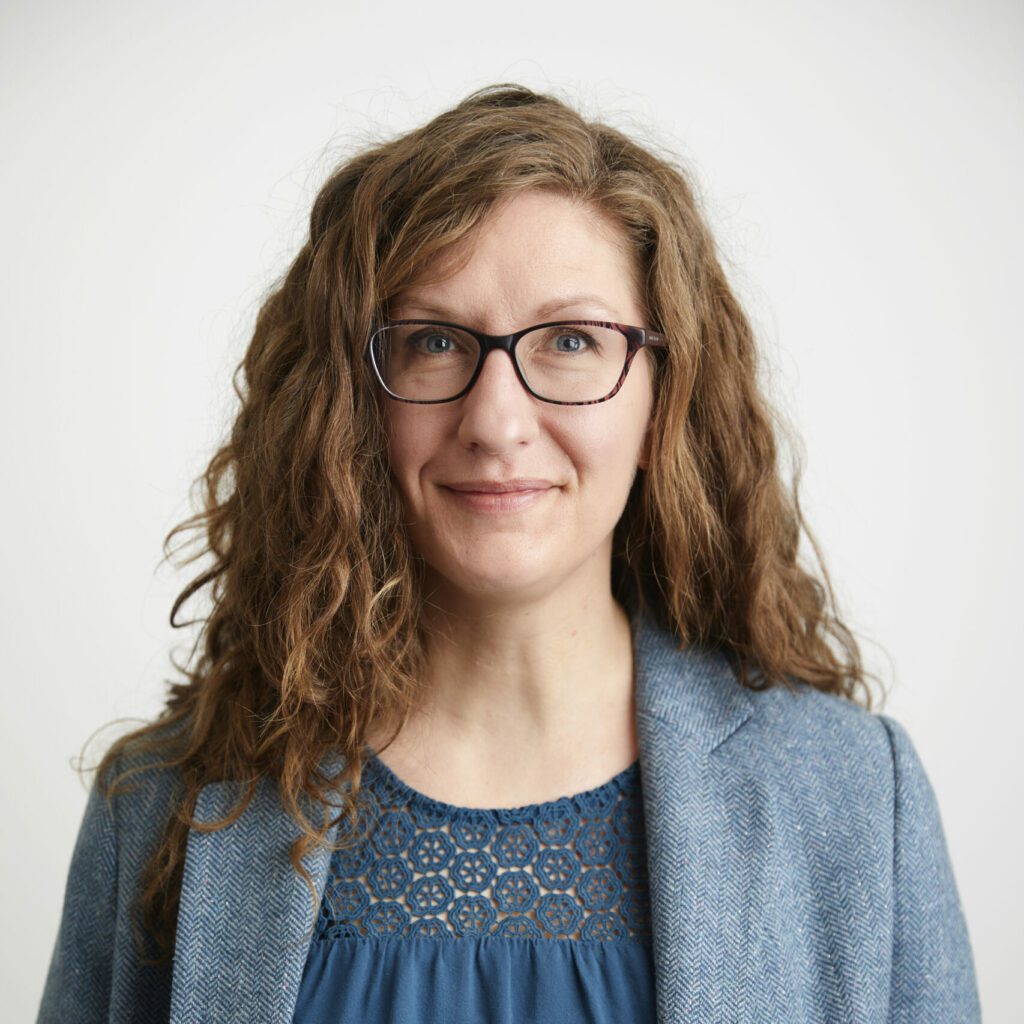Posted on: Tuesday June 11, 2024
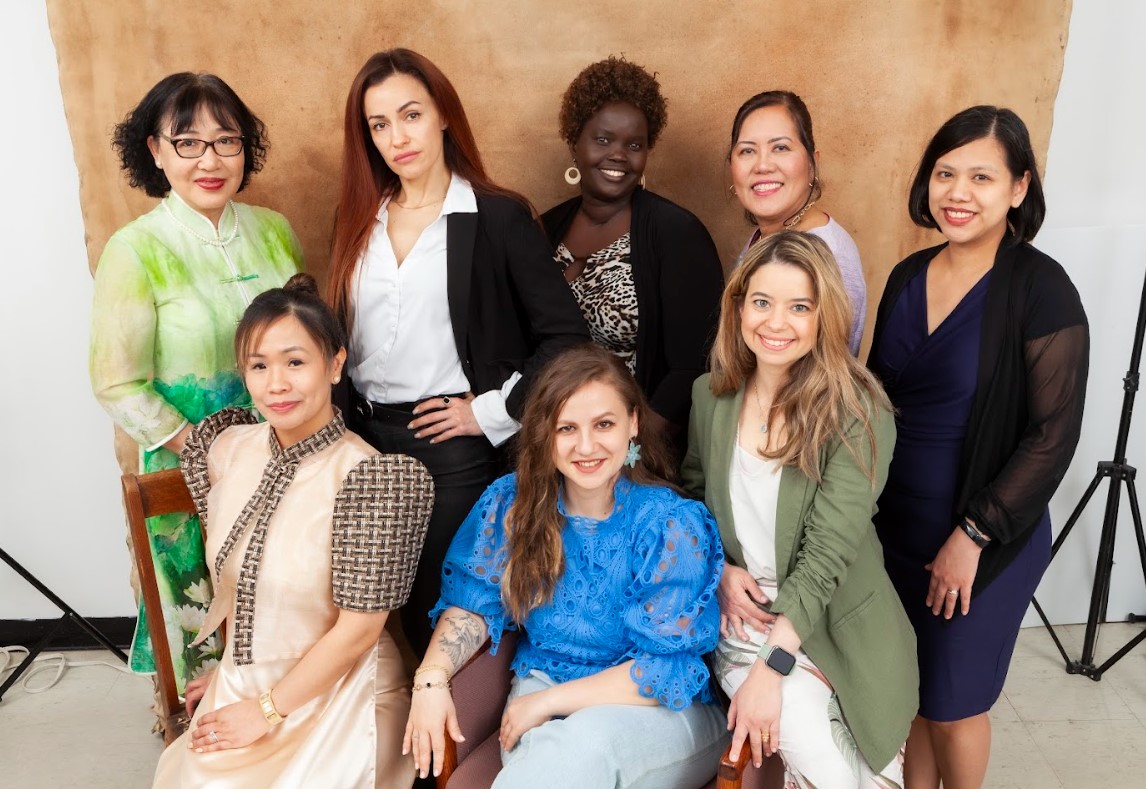
For Immediate Release
Media Contact:
Sangeetha Nair
Email: SNair@CareerTrek.ca
Phone: (204) 588-8310
Winnipeg, MB (June 11, 2024) – Join us for a heartwarming and inspiring event at the Manitoba Museum where women from five countries and across different continents share their stories of courage, resilience, and transformation as they began new lives in Canada.
“Pathways: Stories of How We Got Here” is a storytelling and performance project aimed at empowering newcomer women by improving their communication skills, fostering community, and building capacity as mentors and leaders.
Under the guidance of writing coach Patle Creary and performance coach Rachel Smith, participants spent 12 weeks crafting and refining their stories for a live audience.
“Audiences can expect to feel a sense of upliftment through the power of storytelling and the joy that these women bring despite the challenges they have experienced,” said Creary.
Participant Viktoriia Bulat from Ukraine said this opportunity is a dream come true. “Even as a teenager, I imagined myself as a cool journalist or writer. So when I saw a post on Facebook about the project, I was inspired to apply”.
“This will be the first time in my life that I will be performing in front of a live audience. But the coaching I received makes me feel I am not afraid of anything.”
Jeanette Perez on the other hand is no stranger to live performances. The ukelele player and mother of three hopes to “encourage others to learn a skill and multiply the joy of being able to sing and play simple songs”.
Perez will be performing “Somewhere Over The Rainbow” as part of her story.
Showtimes are at 1:00 pm on Saturday June 22 and Sunday June 23 and will also include an opening and closing performance by Rodrigo Muñoz and Amber Epp of Latin jazz band, Papa Mambo.
Tickets are $10 each and can be purchased from the Manitoba Museum website, here.

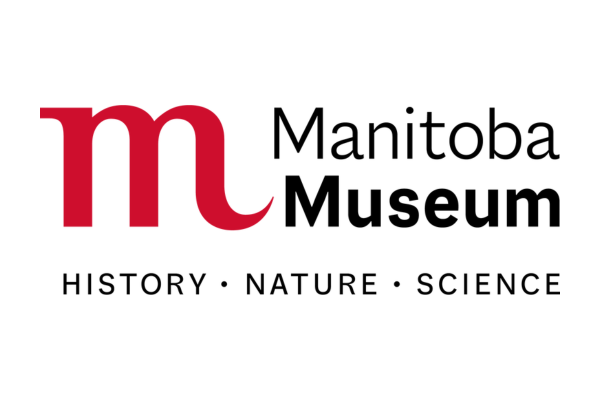
Meet the Storytellers:
Sarah Cayas graduated with a Bachelor of Arts in creative writing and theatre arts. She holds certificates in management and ESL teaching and pursues life coaching. Sarah is a newcomer, indigenous youth employment facilitator, and online mentor. She hopes to inspire immigrants through her experiences and expertise.
Story Title: S.C.A.L.E.
Summary: S.C.A.L.E. stands for Smart, Confident, Adventurous, Learning, and Excited. In this short story, Sarah shares how her digital scale helps her weigh her options as she takes on life’s many journeys with grace and faith.
Mariam Yide immigrated to Canada 13 years ago. Before the COVID pandemic, she worked as a healthcare aide with the Winnipeg Regional Health Authority. Mariam is a mother to two sons and looks forward to starting a new career.
Story Title: My Life Memory Tree
Summary: Mariam’s pathway has always been lined with trees. In this story, she celebrates trees as sources of sustenance and symbols of transition and rebirth.
(Emily) Fangyan Zheng has a Bachelor of Arts in Chinese Language and Literature Education. Fangyan immigrated to Canada from China in May 2011. For seven and a half years, she ran a motel in Hadashville, Manitoba. Now, she is a Chinese teacher and tutor at a non-profit Chinese school in Winnipeg, Manitoba. Fangyan is married and has a son who works in Toronto.
Story Title: Full Circle
Summary: Fangyan Zheng tells the story of her transition from Chinese immigrant to language teacher. Her story invites us to consider immigration and transition as a full circle that respects the past and the present while being hopeful for the future.
Paula Caracini was born in Salvador, Bahia, Brazil. She immigrated to Canada in 2021 with her husband and two daughters. Paula studied Psychology and built her career in counselling and as a Career Coach. She loves writing, reading, and learning new things.
Story Title: A Passport to Dreams
Summary: Paula’s passport has opened doors to the life she envisioned for herself and her family. In this story, she shares how a simple green booklet embodies her formal and informal identity.
Jeanette Perez immigrated from the Philippines in 2015 with a master’s in management engineering. She currently works in Marketing for a company in Winnipeg. Jeanette holds key positions in non-profit organizations that promote Filipino culture and heritage through music and arts. She is married and has three children and a granddaughter.
Story Title: Saturdays with U (Ukulele)
Summary: Jeanette has a unique ukulele. In this story, she shares how the musical instrument helped her to honour her mother and brother while growing her community and self-confidence with the gift of music and song. As part of her story, Jeanette will also be performing “Somewhere over the Rainbow”.
Genelyn Navarro is an employment outreach facilitator who merges her social work, public administration, and business administration (HR) expertise to empower youth. Passionate about community development, Genelyn channels her knowledge to mentor and support young individuals, fostering their growth and success in the professional world.
Story Title: Pamana (Inheritance)
Summary: Pamana is a Tagalog word which means inheritance. In this story, Genelyn Navarro celebrates the legacy of her parents’ unwavering belief in higher education and the spirit of community and volunteerism that she brings to every space she calls home.
Viktoria Bulat was born in Khmelnytskyi, Ukraine. She holds a master’s degree in journalism and volunteers at the “U Multicultural” channel and the Health Science Centre’s Children’s Hospital. Viktoria came to Winnipeg in November 2022 after spending three and a half years in Milan, Italy. She is married, and her daughter is now one year old.
Story Title: A Lullaby in Four Parts
Summary: Viktoria tells a story about finding her feet after years of disruption and displacement. Her anchor was motherhood, propelling her and her husband to journey to Canada.
Tetiana Lushpaienko is from the Ukrainian city of Odesa. She has a master’s degree in economics and had built a great career in the jewelry industry there. Tetiana came to Canada two years ago with her six-year-old son and only two suitcases. She now lives in Winnipeg with her family, where she continues her passion for working with diamonds and gems.
Story Title: My Onyx Talisman
Summary: Onyx symbolizes strength, confidence, and perseverance. In this story, Tetiana shares how her connection to the jewel helped her remember who she was before the war in Ukraine began and how wearing it helped her return to the lifestyle she worked hard to achieve.
Background:
“Pathways: Stories of How We Got Here” is a collaboration of 16 Winnipeg nonprofits working together as a Steering Committee to support these incredible women.
To schedule interviews with any of the participants or coaches, please contact Sangeetha Nair at 204-588-8310 or SNair@CareerTrek.ca.
Connect with Pathways:
Website: www.PathwaysWinnipeg.ca
Facebook: @PathwaysWinnipeg
Instagram: @PathwaysWinnipeg



